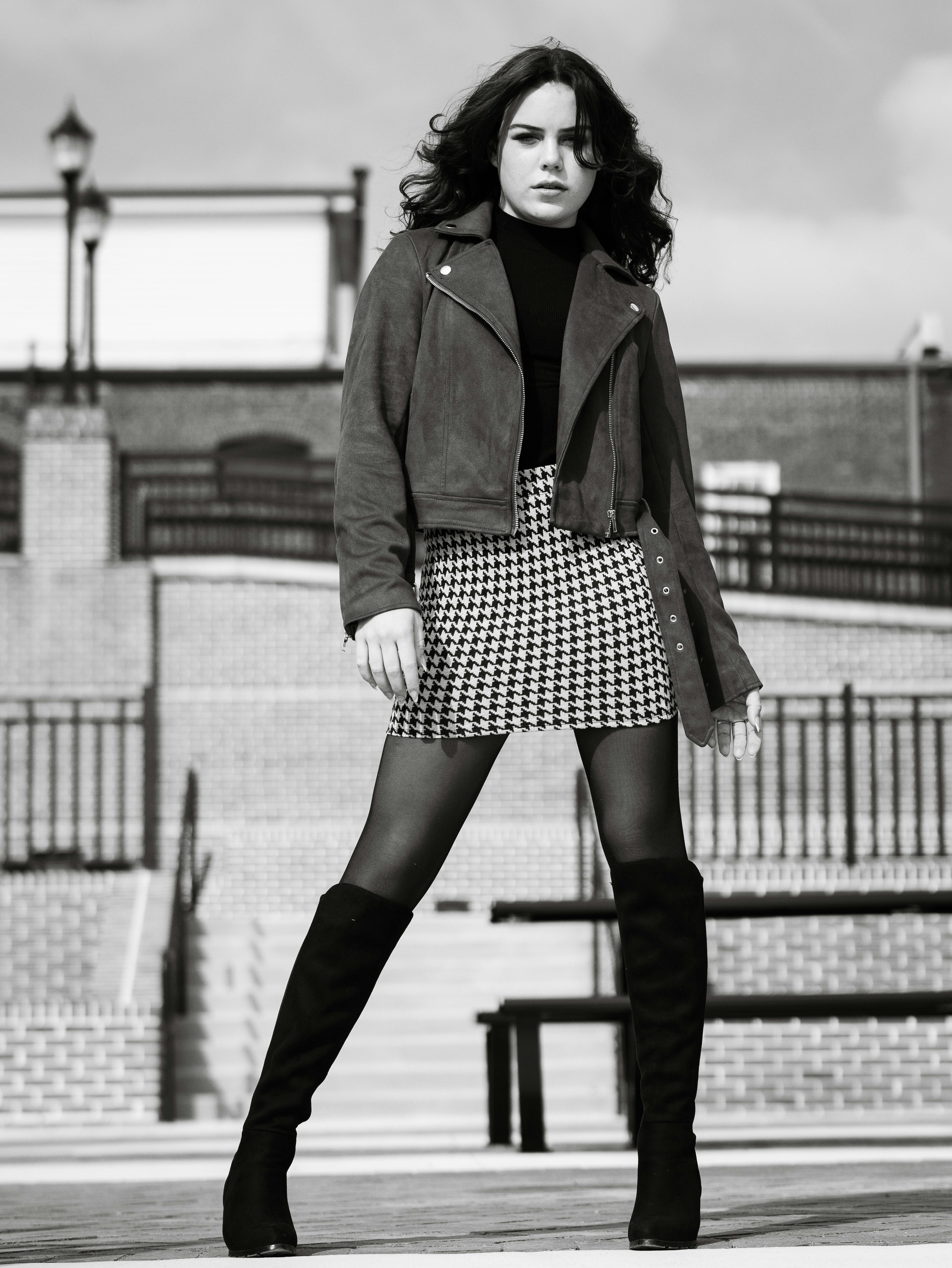
Fashion influencers have become a powerful force in the fashion industry. They leverage social media platforms to showcase their personal style, inspire trends, and promote fashion brands to a vast audience. This article explores the rise of fashion influencers, their impact on the industry, and how you can navigate this ever-evolving space.
From Bloggers to Billionaires: The Rise of the Fashion Influencer
The rise of fashion influencers is intertwined with the growth of social media. Early fashion bloggers used platforms like Blogger and WordPress to share their personal style with a niche audience. The explosion of Instagram, with its focus on visuals, provided the perfect platform for fashion influencers to flourish. Today, influencers leverage a variety of platforms – YouTube, TikTok – to showcase their content, which can range from outfit inspiration and trend forecasts to fashion hauls and designer collaborations.
The Influencer Impact
Fashion influencers wield considerable power. They can influence purchasing decisions, shape brand perception, and even launch their own fashion lines. Here’s a closer look at their impact:
- Trendsetters: Influencers with a strong aesthetic can set trends by showcasing new styles and designers. Their ability to connect with a large audience makes them valuable partners for fashion brands.
- Brand Advocacy: Influencers can promote fashion brands through sponsored content, product reviews, and social media campaigns. This targeted marketing strategy allows brands to connect with a specific demographic.
- E-commerce Influencers: Some influencers leverage their audience to drive sales directly through affiliate marketing links or their own online stores.
The Not-So-Pretty Side of Influencer Fashion
The world of fashion influencers isn’t without its criticisms. Here are some things to consider:
- Curated Perfection: The highly curated images influencers portray don’t always reflect reality. Excessive editing and sponsored content can create unrealistic expectations for consumers.
- Fast Fashion Frenzy: The constant pressure to keep up with the latest trends promoted by influencers can fuel fast fashion consumption, which has negative environmental and ethical implications.
- Transparency Matters: The line between organic content and sponsored content can sometimes be blurry. It’s important for influencers to be transparent about their partnerships with brands.
Navigating the Influencer Landscape
As a consumer, here are some tips for following fashion influencers mindfully:
- Identify Your Style Icons: Not all influencers will resonate with your personal style. Look for those whose aesthetics align with yours and who inspire you to experiment within your own comfort zone.
- Question the Source: Be critical of the content you consume. Consider the purpose behind an influencer’s post – is it organic content or a sponsored promotion?
- Support Sustainable Practices: Look for influencers who promote ethical and sustainable fashion practices. This encourages conscious consumerism and supports responsible brands.
The Future of Fashion Influencers
The world of fashion influencers is constantly evolving. As social media platforms continue to develop, we can expect to see new formats of content emerge. Here are some potential future trends:
- Rise of Micro-Influencers: Influencers with smaller, more engaged audiences might hold greater sway over purchasing decisions.
- Focus on Authenticity: Consumers are craving genuine connections. Influencers who prioritize transparency and authenticity are likely to build stronger relationships with their audience.
- Shoppable Content: Platforms might integrate seamless shopping experiences within influencer content, allowing viewers to purchase directly from influencer posts.
Fashion influencers are a powerful force, but they don’t dictate your style. Use them for inspiration, but remember to cultivate your own unique fashion identity.